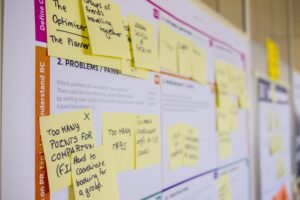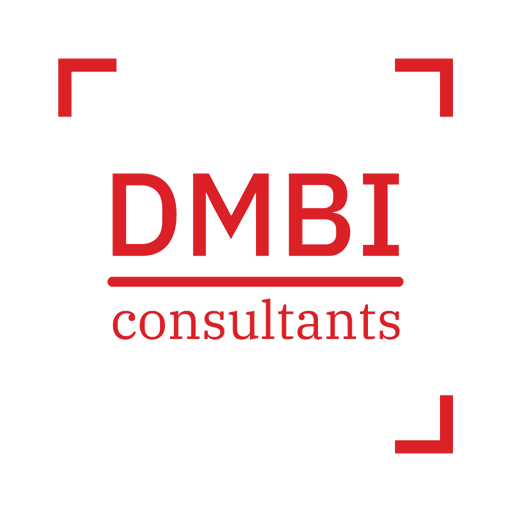Only slightly behind the industrial sector, the global agriculture industry is also beginning to exploit the countless opportunities that can arise from the collection and analysis of data, in order to achieve more “data-driven” management of the sector. “.
Above all, in a global scenario of scarcity of resources in the face of a continual human population growth, it becomes increasingly important to be able to meet the need to produce more food without destroying too much the ecosystem that surrounds us.
Also to meet this need, in recent years a process of technological renewal of agricultural industry has been initiated, often referred to as Agriculture 4.0 in imitation of the definition of what we all know as Industry 4.0.
Similarly, when we talk about Agritech, Smart Agriculture or Precision Farming, we simply refer to it as the application of promising digital technologies to one of the sectors that, until recently, seemed to have remained more tied to traditions rather than to pioneering or innovation.
Exactly as for “smart cities”, where the use of wireless sensors allows various aspects of urban planning to be easily monitored, managed and optimised, the use of novel tools capable of detecting virtually all KPI parameters is omnipresent in all aspects of agriculture. This allows Agriculture 4.0 to achieve more efficient and reliable production, traceability, imparting more sustainable practices, all with a lower environmental impact.
Through the use of sensors, drones or satellites, the entire agricultural supply chain is managed on the basis of the information collected (environmental, business-economic, climatic, etc …), definable in terms of Big Data, which they provide to the farmer a complete and detailed panorama of the scenario in which they operate and which allows them to obtain better production results, both qualitatively and quantitatively.
For example, a network of sensors is able to monitor:
- • Air temperature and humidity
- • Soil temperature and composition
- • Light intensity measurement
From the point of view of data management, the cloud should be considered as an ideal form of hosting for the storage of information produced by sensors: compared to on-premises solutions, the cloud provides a “scalable container”, which means that it can be easily enlarged as it grows data, by leaving the task of managing physical resources to the service provider.
The flow of this information can then be organised and projected onto a dashboard: in this way, the user will then be given access to a sophisticated monitoring dashboard, which will any team member can intervene where necessary, or to further analyse the data history to develop executive strategies.
Thanks to the use of Big Data it is possible, for example, to adopt targeted pest control measures and limit the use of pesticides, optimize land use and reduce waste, but also optimize the management of the warehouse and product traceability.
According to the research carried out by Digital Innovation Observatories, “The Italian Agriculture 4.0 market continues to grow, reaching a value of 450 million euros in 2019 (+ 22% compared to 2018, 5% of the global market), with the greatest part of the expenditure concentrated on SCADA-based monitoring and control systems (39% of expenditure), management software (20%) and connected machinery (14%), followed by remote land monitoring systems (10%), mapping (9 %) and decision support (5%).
From the analysis of the technologies used, it highlights the growing importance of data management: 72% of the solutions are linked to software for advanced data analysis, 61% consist of software platforms capable of hosting data from different sources, and 50% concerns various tools that exploit the Internet of Things (+ 6% on 2018). The other most adopted technologies are latest generation devices (45%), mobility and geolocation (35%), vehicles and connected equipment (20%) and ICT on Cloud systems (9%) “.
Furthermore, it is important to emphasize that Italy is one of the European countries that has invested the most in the digitization of the agricultural sector, with an expenditure equal to about 20% of the EU total.
Author: Claudia Paniconi | Marketing Manager at DMBI
Photo by Liu Xiaozhong on Pixabay





